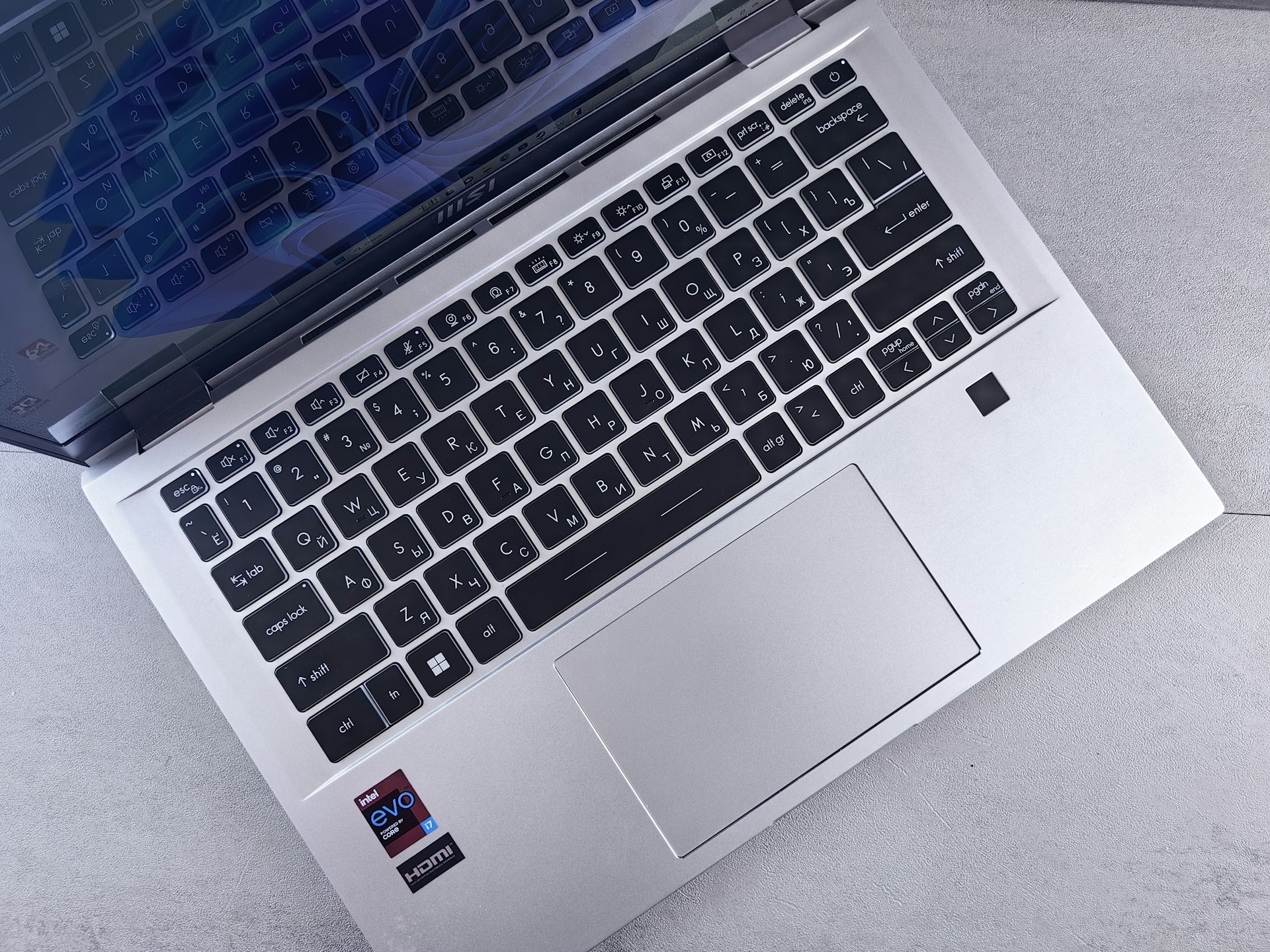Dealing with a slow-responding laptop touchpad can feel like trying to write with a pen that’s running out of ink—frustrating and disruptive, especially when it interrupts your workflow. Whether you’re trying to complete a project for work or simply browse the web, a touchpad that doesn’t cooperate can be really inconvenient. Addressing these touchpad issues isn’t just about comfort; it’s about maintaining your laptop’s productivity, ensuring tasks get completed smoothly, without unnecessary delays. As we rely more on our laptops for work and entertainment in London, Ontario, keeping them in good working order is more important than ever.
Touchpad problems can arise for various reasons, both minor and complex. Sometimes, it’s a simple software kink, while other times, the issue might be a bit more hidden, like hardware troubles. But don’t fret—knowing the likely causes can help you determine the next steps or whether it’s time to reach out for professional help.
Common Causes of a Slow-Responding Touchpad
A touchpad can become unresponsive for several reasons, but here are a few of the most common culprits:
1. Outdated Drivers: Just like any software, drivers can become outdated. When they do, compatibility issues might arise, causing your touchpad to lag or freeze.
2. Dirt and Debris: If your touchpad is not responding as it should, sometimes the simplest explanation is the best. Dirt or bits of debris, such as crumbs from a midnight snack, can interfere with its responsiveness.
3. Incorrect Settings: Settings on your laptop can also change without you realising it, perhaps after a software update. These changes can impact how sensitive or responsive your touchpad is.
4. Hardware Issues: In some cases, hardware problems might be at play. Internal connections might have become loose over time, especially if your laptop gets moved around a lot.
Understanding these causes can help you pinpoint the source of the problem and move closer to a solution. Keeping your touchpad clean, your software up-to-date, and being aware of the settings are great first steps to minimising these issues.
Quick Software Fixes
Before leaping into complicated repairs, try addressing the software side of things. Here are a few ways you can attempt to fix a slow touchpad through software adjustments:
– Update Your Touchpad Drivers: Visit the driver section of your laptop’s official website. Look for the latest driver update for your touchpad, download it, and install it. This can often solve responsiveness problems.
– Check Touchpad Settings: Go to the control panel or settings menu where you can tweak the touchpad settings. Make adjustments to sensitivity and speed as needed. Occasionally, settings get altered due to system updates.
– Operating System Updates: Ensure your laptop’s operating system is the latest version. Updates often bring a slew of performance fixes, which might include improvements to touchpad functionality.
These quick updates can often resolve a lot of touchpad troubles. However, if your issue persists even after these software tweaks, it might be time to delve a little deeper into other potential causes, like hardware issues.
Simple Hardware Checks
If software fixes haven’t done the trick, it’s worth taking a closer look at the hardware side of things. Sometimes, physical issues are the root cause of a slow-responding touchpad, and they can be easier to miss. Here are some straightforward checks to consider:
– Clean the Touchpad Area: Dirt and grime can easily build up on the touchpad’s surface, affecting its ability to detect your fingers accurately. Use a soft cloth to gently clean the touchpad. If necessary, a cloth slightly dampened with a small amount of isopropyl alcohol can help with tougher grime.
– Inspect for Physical Damage: Examine the touchpad closely to see if there are any visible signs of damage. Cracks or visible wear might indicate that the touchpad needs professional assessment or replacement.
– Check Connections: If you’re comfortable with technical aspects, ensure that the touchpad is properly connected inside. Sometimes, due to handling or transport, connections can become loose, leading to intermittent responsiveness.
Even if these issues seem small, they can cause your touchpad to act up. A little attention to these details can often restore proper function, giving you back the control you need for smooth operation.
When to Seek Professional Help
Despite trying all these steps, there might still be instances where the touchpad remains stubbornly slow or unresponsive. Here are some signs that it might be time to consult a professional:
– Persistent Problems: If the problem continues despite updates, cleaning, and connection checks, there might be underlying issues that require a deeper dive from experts.
– Complex Issues: Hardware issues that involve opening the laptop or replacing components are typically best left to trained technicians who can ensure repairs are conducted safely.
Different laptops can have unique touchpad designs and components, making it wiser to seek expert help if you’re uncertain how to proceed. Certified professionals have the skills and tools to fix and, if necessary, replace malfunctioning parts without causing further damage.
Keeping Your Touchpad in Good Condition
Prevention is better than cure, and that’s true for laptops as well. Here’s how to keep your touchpad functioning well over time:
– Regular Cleaning: Aim to clean your touchpad regularly to keep dirt and grime from affecting its sensitivity. Even a once-a-week wipe-down can make a big difference.
– Software Updates: Stay on top of updates to both your touchpad drivers and the laptop’s operating system. These updates often contain bug fixes that could improve touchpad performance.
– Use a Protective Cover: If possible, a thin protective cover can help prevent dust and spills from reaching the touchpad surface, offering another layer of protection.
Consistent maintenance ensures that your laptop’s touchpad remains responsive and ready to handle whatever tasks you throw at it. Addressing issues early can prevent more serious problems down the line, keeping your laptop reliable for longer.
Solving Touchpad Problems Efficiently
By understanding and addressing common touchpad issues, you can keep minor glitches from becoming major hindrances. Keep in mind that prompt attention to these signs can improve your laptop usage experience. Whether it’s through simple tweaks or cleaning, these steps contribute to a smoother workflow. For those instances where DIY attempts aren’t enough, consider reaching out to professionals suited for such tasks. Being proactive with maintenance and care will go a long way in extending the life and efficiency of your laptop, making it a reliable tool for your needs in London, Ontario.
Maintaining your laptop’s touchpad can make a significant difference in its performance and lifespan. If you’re experiencing persistent issues and need expert help in London, Forest City Computer Repairs is here to assist you. For reliable solutions, explore our services for laptop computer repair. Trust professionals to get your device back to prime condition, so you can enjoy hassle-free computing once more.







